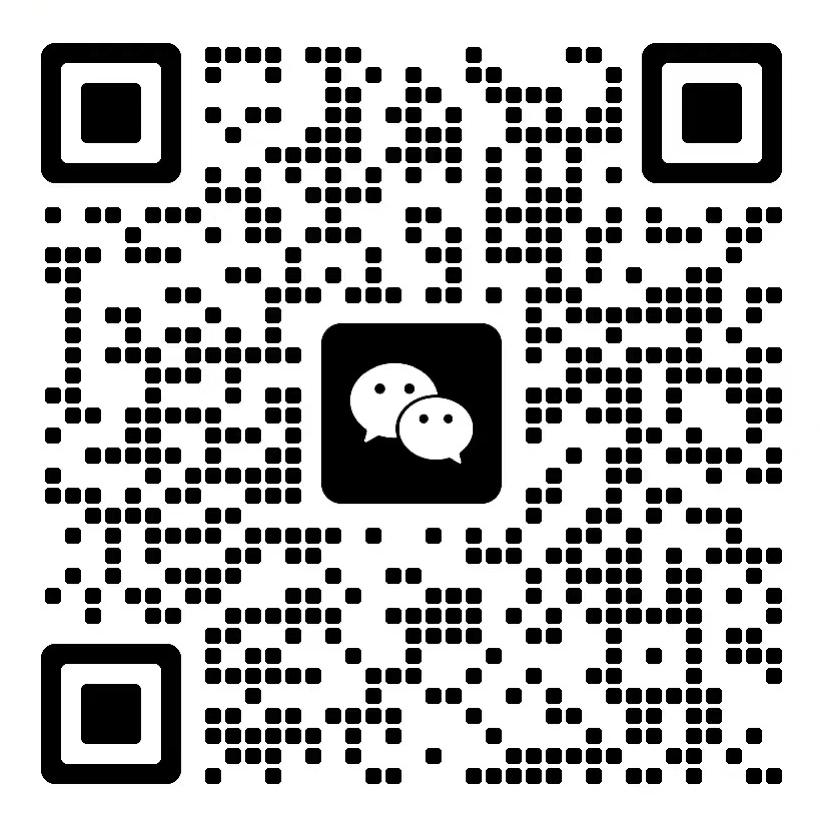When a food carton exceeds the weighing range of the Automatic Dynamic Checkweigher Checkweigher, the checkweigher will usually first issue an alarm signal. This alarm can be an audible alarm, such as a loud beep, or a visual alarm, such as a flashing indicator light. Its purpose is to immediately attract the attention of the operator and inform them that an abnormal situation has occurred. Such an alarm system ensures that problems are quickly discovered on the production line and avoids the subsequent production process being disrupted due to undetected abnormalities.
At the same time as the alarm is issued, the checkweigher may stop the conveying of the food carton. This is to prevent the carton that exceeds the weighing range from continuing to move on the production line, which may interfere with the detection of other normal cartons or cause potential damage to the equipment itself. Stopping the conveying allows the operator enough time to deal with the abnormal situation, such as checking whether the carton is placed correctly, or judging whether the parameters of the checkweigher need to be adjusted to accommodate cartons of different specifications.
Some advanced Automatic Dynamic Checkweigher Checkweighers will also display specific error messages on the display. For example, it will clearly indicate that the carton is overweight or underweight, and may display the excess weight value. Such information feedback can help operators determine the nature and severity of the problem more quickly so that appropriate measures can be taken. If a single carton occasionally exceeds the weighing range, the operator can manually remove the carton and check it; if multiple cartons are out of range in a row, it may be necessary to re-evaluate the filling of cartons in the production process or whether the checkweigher is set up properly.
In addition, some checkweighers also have data recording functions, which will record the situation of exceeding the weighing range. This data can be used for subsequent quality analysis and production process improvement. By analyzing these records, the reasons for exceeding the weighing range can be found, such as changes in raw materials, mistakes in the packaging process, etc., so as to take targeted measures to avoid similar situations from happening again. At the same time, this data can also provide a reference for equipment maintenance and adjustment, ensuring that the checkweigher always maintains accurate and reliable performance during long-term use.


